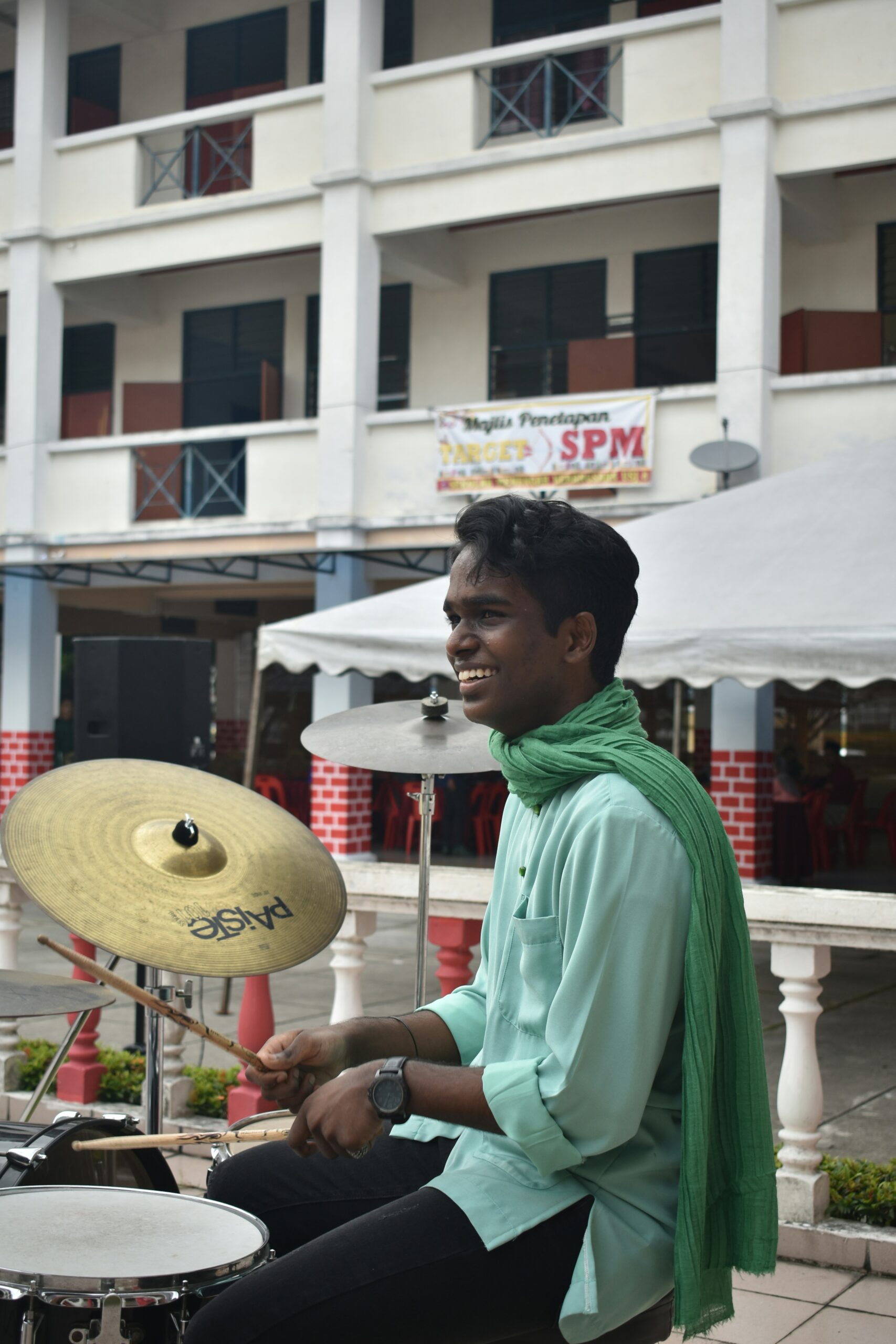Introduction to Groundhog Day
Groundhog Day, celebrated on February 2, has rooted itself firmly in American folklore as a unique blend of tradition, weather prediction, and festivity. Its origins trace back to ancient European celebration known as Candlemas Day, where clergy would bless candles and distribute them to ward off the dark of winter. Initially, the tradition involved using various animals to predict the remaining duration of winter; however, upon its arrival in the United States, the groundhog became the focal point for this quirky ritual.
The most famous groundhog, Punxsutawney Phil, is the star of the event that takes place annually in Punxsutawney, Pennsylvania. This furry meteorologist resides in a burrow in Gobbler’s Knob, where, according to tradition, he emerges on the morning of February 2 to evaluate the weather. If Phil sees his shadow, it is believed that winter will persist for six more weeks; conversely, if no shadow is visible, an early spring is anticipated. This predictive ceremony garners attention from weather enthusiasts and locals alike, turning the event into a larger celebration.
Beyond its predictive purpose, Groundhog Day has evolved into a vibrant carnival of activities and festivities, including music, food, and various family-friendly events. The gathering of thousands of spectators, often braving the winter chill, exemplifies the deep-rooted cultural significance of the event. People of all ages engage in the revelry, celebrating not only the whimsy of weather forecasting but also the community spirit that accompanies this peculiar holiday. Over the years, Groundhog Day has transcended its origins to become an emblematic representation of early February festivities, promoting togetherness and a collective hope for warmer days ahead.
The Legend of Punxsutawney Phil
Groundhog Day is a unique and cherished tradition in the United States, particularly in Pennsylvania, where it has become synonymous with the lore surrounding Punxsutawney Phil. This legendary groundhog is famously known as the official weather prognosticator, emerging from his burrow on February 2nd each year to predict the duration of winter. The origins of this festive celebration can be traced back to ancient European traditions, including Candlemas Day, which involved weather predictions and folklore.
The first documented observation of Groundhog Day occurred in 1887, when a group of enthusiastic locals in Punxsutawney proclaimed Phil as the weather forecaster. The event has since evolved into a significant cultural festival, drawing thousands of visitors each year to Gobbler’s Knob, a small hill just outside the town. Central to this annual festival is the storied Groundhog Club, which oversees Phil’s health and well-being, ensuring he has a prominent role in the community’s celebrations.
Over the years, numerous tales have contributed to Phil’s legendary status. One popular story asserts that Phil was granted special powers by a mystical groundhog, allowing him to predict the weather with remarkable accuracy. In local folklore, it is said that if Phil sees his shadow, winter will continue for six more weeks, while his failure to do so signifies an early arrival of spring. This simple, yet captivating premise has captured the imagination of many, making Phil a beloved figure in American culture.
As Groundhog Day continues to be celebrated, Punxsutawney Phil remains a symbol of hope and excitement amid the harsh cold of winter. The event has also provided a platform for promoting tourism in the area and has instilled a sense of pride in the community of Punxsutawney. The legend of Punxsutawney Phil not only highlights a charming tradition but also showcases the deeper connection between folklore and seasonal change.
How Groundhog Day Predictions Work
Groundhog Day, celebrated on February 2nd, is an age-old tradition rooted in folklore, particularly in North American culture. Central to this ceremony is Punxsutawney Phil, a groundhog who, according to tradition, predicts the length of winter based on whether he sees his shadow. The customs surrounding this event merge elements of fun, anticipation, and age-old belief, creating a spectacle that attracts crowds annually to Gobbler’s Knob in Punxsutawney, Pennsylvania.
The forecasting process is relatively simple yet steeped in tradition. As dawn approaches on Groundhog Day, a congregation of eager spectators gathers at Gobbler’s Knob to witness the event. The atmosphere is filled with both excitement and a sense of community, as gathering crowds wait in anticipation of Phil’s prediction. At precisely 7:25 AM, the official duties are carried out by the Groundhog Day Club, a group of esteemed individuals who are responsible for the event’s proceedings.
As Punxsutawney Phil emerges from his burrow, two potential outcomes arise. If the sun is shining, and Phil sees his shadow, it is said that there will be six more weeks of winter. Conversely, if the day is overcast and no shadow is observed, an early spring is predicted. This quirky tradition taps into the primal connection humans have with nature and the changing seasons, serving as both a forecasting tool and a symbol of hope for warmer times ahead.
This unique practice not only adds an element of amusement to winter but also fosters a strong sense of community spirit. Both locals and visitors come together to celebrate, sharing in the magic of tradition, regardless of the scientific validity of the groundhog’s prognostications. Ultimately, Groundhog Day remains a cherished event that echoes the intersection of folklore, culture, and seasonal change.
2025 Predictions: Did Phil See His Shadow?
On February 2, 2025, the annual Groundhog Day event unfolded in Punxsutawney, Pennsylvania, attracting a crowd of eager spectators from around the region. Dressed in winter attire, attendees gathered before Gobbler’s Knob, where the traditional ceremony to observe Punxsutawney Phil, the renowned groundhog, took place. Anticipation filled the air as the crowd eagerly awaited the outcome of this time-honored tradition, which has become synonymous with predicting weather patterns for the coming weeks.
As the morning sunlight broke through the trees, the stage was set for Phil’s big moment. Following a notably cold night, meteorological conditions provided a crisp atmosphere for the event. When the appointed time arrived, the groundhog was gently pulled from his burrow by the esteemed members of the Inner Circle. The excitement reached a fever pitch as the Punxsutawney Phil, with a distinctive flair, made his appearance. The crowd erupted in cheers, hoping for clarity on whether his shadow would be visible.
This year, Punxsutawney Phil did not see his shadow, signaling an early spring for 2025. This prediction aligns with the folklore narrative suggesting that if the groundhog observes his shadow, winter continues for another six weeks. The lack of a shadow was met with jubilation from onlookers, who interpreted it as a sign of warmer temperatures ahead. Enthusiasts noted the significance of this moment not only in terms of weather forecasting but also as a celebration of community and tradition.
Furthermore, local meteorologists corroborated Phil’s prediction with their own forecasts, suggesting that the prevailing weather patterns might indeed lead to an early onset of spring. As the festivities continued, the revelry reflected the spirit of Groundhog Day, bridging folklore with modern weather prediction methodologies.
Historical Accuracy of Phil’s Predictions
Punxsutawney Phil, the famed groundhog, emerges every February 2nd to provide weather predictions for the upcoming season. For many, the anticipation of Phil’s shadow or lack thereof symbolizes hope for an early spring or the prolongation of winter. To gauge the reliability of Phil’s forecasts, it is essential to examine the historical accuracy of his predictions over the years.
Data collected from various sources reveals that Phil’s predictions have not always aligned with actual weather outcomes. Studies estimating Phil’s accuracy show that he has been correct in forecasting the arrival of spring approximately 39% of the time. This figure suggests that while he is a beloved tradition, his ability to predict weather changes is questionable at best. Recent analyses indicate that, of his 135 recorded predictions since 1887, Phil has declared an early spring 20 times, with the overwhelming majority indicating an extended winter.
When evaluating the historical significance of Groundhog Day, it becomes clear that Phil’s role as a weather predictor is more symbolic than scientific. Weather experts argue that relying on folklore is not a robust strategy for forecasting seasonal changes. The nature of climate patterns is influenced by myriad factors, including atmospheric conditions and geographical variations, which Phil is not equipped to predict accurately. Additionally, the variations in some years’ outcomes further contribute to a mixed record, leading to a perspective that views Phil’s predictions as a lighthearted cultural event rather than a legitimate weather forecasting method.
In summary, while Punxsutawney Phil has become an iconic figure in American tradition, the actual accuracy of his predictions paints a much less reliable picture. Over the years, engaging with Phil’s forecasts has become a celebration rather than an accurate reflection of what to expect from the weather.
Celebrating Groundhog Day: Events and Activities
Groundhog Day, celebrated on February 2, is an event steeped in tradition and community spirit, particularly in Punxsutawney, Pennsylvania. This annual festivity brings together locals and visitors alike, eagerly anticipating the iconic moment when Punxsutawney Phil emerges from his burrow to predict the weather for the coming weeks. The excitement surrounding Phil’s shadow—whether he sees it or not—marks the highlight of various events and activities that take place in this quaint town.
The festivities typically commence in the early hours of the morning with a lively gathering at Gobbler’s Knob, where thousands of revelers assemble to share in the ritual. This event features joyful entertainment, including musical performances and speeches, which contribute to the vibrant atmosphere. Local artists and bands frequently grace the stage, filling the air with melodies that promote a sense of camaraderie among attendees. Family-friendly activities are also prevalent, providing engaging entertainment for children and adults alike.
Beyond the main event, Groundhog Day celebrations encompass a variety of local traditions, such as parades that wind through the town. These parades showcase colorful floats, marching bands, and community groups, all of which help to capture the spirit of Punxsutawney. Local businesses often participate by hosting special promotions and themed decorations, transforming the town into a winter wonderland. This community involvement illustrates the depth of local pride and commitment to preserving this unique tradition.
As Groundhog Day approaches, residents engage in various community gatherings, including potluck dinners, storytelling sessions, and educational programs that delve into the history and significance of the event. Such gatherings foster connectivity among citizens and enhance the revelry surrounding this cherished occasion. Overall, the array of events associated with Groundhog Day in Punxsutawney exemplifies a commitment to maintaining traditions while also fostering community togetherness.
Groundhog Day: A Cultural Phenomenon Beyond Punxsutawney
Groundhog Day, traditionally celebrated on February 2nd, extends far beyond its origins in the small town of Punxsutawney, Pennsylvania. While the event is famously marked by the anticipated appearance of Punxsutawney Phil, the significance of this day reverberates through various cultures and has morphed into a broader cultural phenomenon. Across North America, communities have adopted their own versions of the festivities, often integrating local customs and traditions to create a unique celebration. This illustrates the adaptability and appeal of the Groundhog Day concept, allowing it to resonate with diverse audiences.
In many regions, Groundhog Day serves not only as a harbinger of spring but also as an occasion for social gathering and community engagement. Local events might feature live music, food festivals, and family-friendly activities that bring people together to revel in the spirit of the day. These celebrations often reflect a mix of local folklore and the overarching narrative of the groundhog predicting weather patterns, highlighting a sense of shared identity among participants.
The impact of Groundhog Day is further pronounced in popular culture, propelled by the critically acclaimed 1993 film “Groundhog Day” starring Bill Murray. The film’s profound exploration of time and self-improvement transformed the day into a symbol of transformation, frequently embellished with philosophical undertones. Its success led to numerous references in television shows, literature, and other media, cementing Groundhog Day as a cultural touchstone. As a result, discussions about weather prediction and seasonal change have intertwined with existential themes, enhancing the day’s relevance in contemporary discourse.
In essence, Groundhog Day transcends its humble beginnings as a quaint local event, blossoming into a multifaceted cultural phenomenon that is celebrated and recognized across various platforms. Its evolving nature is a testament to cultural exchange and the collective imagination of communities united by tradition, anticipation, and celebration.
Fun Facts About Groundhogs and Groundhog Day
Groundhog Day is a whimsical celebration that occurs annually on February 2nd and has a rich history rooted in folklore and tradition. It is widely celebrated, particularly in the United States and Canada, and has become synonymous with the groundhog, specifically Punxsutawney Phil, who serves as the day’s central figure. One intriguing fact about groundhogs, also known as woodchucks, is their impressive hibernation patterns. These rodents enter a state of deep hibernation, during which their heart rate can drop to just a few beats per minute, conserving energy and resources during the cold winter months.
Additionally, the tradition of Groundhog Day dates back to the 19th century, with its origins found in ancient European customs, specifically among German settlers in Pennsylvania. They originally looked to a badger or other animals to predict the weather. When they arrived in America, they adapted the tradition to suit the local fauna, leading to the establishment of Punxsutawney Phil as the official weather-predicting groundhog. The accuracy of Phil’s predictions is often debated, but it adds an element of fun and excitement to the proceedings, drawing thousands of spectators each year.
Moreover, the event itself is marked by various festivities, including parades, music, and, of course, the famous weather prediction ceremony. Groundhogs, in general, are fascinating creatures, known for their burrowing behavior and their role in local ecosystems. They create extensive underground tunnels that provide habitats for many other animals when they are not hibernating. This adaptability makes them unique among rodents. Such facts enrich the understanding of Groundhog Day, steering the celebration beyond mere superstition and into a recognition of nature’s extraordinary cycles.
Conclusion: The Future of Groundhog Day
Groundhog Day, a cherished American tradition, continues to capture the imaginations of many as it approaches another iteration in 2025. Each year, Punxsutawney Phil, the celebrated groundhog, emerges from his burrow to deliver his weather prediction, a moment eagerly anticipated by residents and tourists alike. However, the future of this iconic event may be influenced by various factors, including climate change and shifting societal attitudes toward environmental issues.
Climate change poses a significant challenge to the reliability of Phil’s forecasts. Variability in weather patterns can disrupt traditional hibernation periods and alter the ecological cues that groundhogs depend on for their seasonal behavior. As spring patterns shift, it remains uncertain how this might impact Phil’s predictions and the public’s perception of their significance. Consequently, organizers may need to adapt their approaches to ensure that the spirit of Groundhog Day remains relevant while acknowledging these environmental changes.
Despite potential challenges, the joy that Groundhog Day brings to the community remains steadfast. The festival has become a celebration of unity, showcasing the resilience and camaraderie of people coming together to partake in a shared cultural tradition. As communities gather in Punxsutawney and beyond, the event serves as a reminder of the importance of tradition and the joy that simple celebrations can bring to people’s lives.
As we look forward to Groundhog Day 2025, it is essential to balance the historical significance of Punxsutawney Phil’s predictions with the evolving realities of our environment. Engaging in meaningful conversations about sustainability can foster a deeper appreciation for this beloved event, ensuring its cherished place in American culture for generations to come. Ultimately, Groundhog Day represents not only a weather prediction but also a celebration of community, nostalgia, and hope for what lies ahead.



